Pulp Therapy and Restorative Dentistry
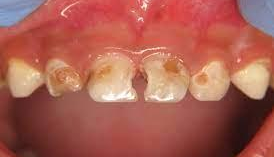
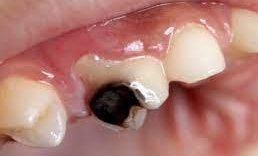
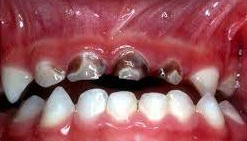
Questions to be answered include:
❖ How old is the child?
❖ Which tooth is damaged?
❖ How extensive is the damage?
❖ Is it a primary tooth?
— If the damage is to a primary tooth, your Pediatric dentist will consider the following questions before determining the best course of action:
❖ Will the child be losing the tooth soon?
❖ Is the tooth in a position that makes it critical for forming speech patterns and chewing properly?
❖ Is the primary tooth in question a necessary placeholder for permanent teeth that will be erupting soon?
— If the tooth is critical to speech, chewing, or maintaining space for permanent teeth, a Pediatric dentist may decide against extraction as losing this kind of primary tooth might cause more problems than it would solve. Losing a critical primary tooth too soon can cause remaining teeth to move into the open space. This can create problems later when permanent teeth erupt. However, if the tooth is already loose, extraction is the better choice. After all, there is little reason to save a baby tooth that will soon be lost anyway.
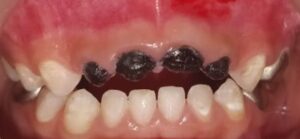
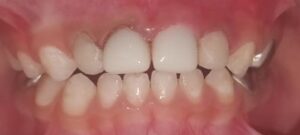
FAQ'S
Children who are breastfed or bottle-fed and fall asleep with milk in their mouth can get cavities. Although natural, breast milk, just like formula, contains sugar. Breast milk is not the culprit, the problem lies with inadequate cleaning of the baby’s teeth and gums.
When a baby tooth has a very deep cavity that affects part of the nerve, it will most likely need nerve treatment most commonly referred to as a Pulpotomy / Pulpectomy. This procedure involves removing part of the affected nerve and placing a medicated material over it.
Among the more obvious signs that your child needs to be seen by a dentist immediately are:
❖ Deep Tooth decay
❖ Constant unexplained pain while eating
❖ Sensitivity to food temperatures (hot and cold)
❖ Swelling/redness around the affected tooth
❖ Unexpected mobility of the affected tooth
❖ Change in colour of a front tooth due to a hit/fall
Yes. Performed properly, baby root canals are safe for children. The materials used in the procedure are compatible with the body and do not cause harm.
If a tooth can be effectively treated and saved with a baby root canal, then this is the most advisable treatment to choose. Despite being “just a baby tooth that will eventually fall out,” the tooth is necessary to hold the space for the permanent tooth that is developing below it. If left untreated, the infection may also spread downwards and affect the developing permanent tooth. In addition, it may cause pain, affect your child’s eating habits, concentration in school and possibly cause a bad infection that may require antibiotics or hospitalization.
Any cavity or tooth damage that involves a nerve can cause intense pain. Children are given pain medication during the procedure. Most children feel better after the procedure because the infection causing the pain has been removed.
Root canals remove an infection from the damaged tooth. Some treatments involve at least two visits. The first dental visit relieves any tooth pain. On the second visit, the root canal is cleaned, disinfected, and filled in. Sometimes, time is needed between visits for any infection to heal before the area can be filled in.
No, root canal procedures do not require incisions or stitches.
Very young children or those with sensory issues may find it difficult to comprehend the sensation of numbness and the sight/sounds of dental instruments. While we try to make the environment as child -friendly as possible, some children may be advised treatment under general anaesthesia. This may be a day -care procedure or require hospitalization for 24-48 hours
Simple pain medication usually suffices after a root canal procedure. Rarely, antibiotics may be prescribed in case of severe infection
